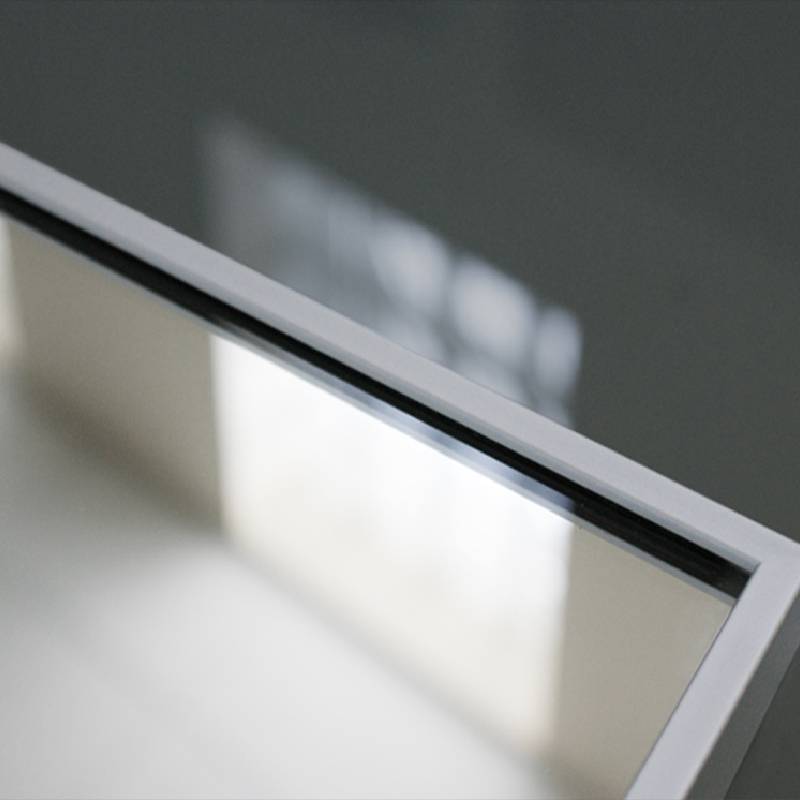Low-Emissivity Glass A Smart Choice for Energy Efficiency
Low-emissivity (low-E) glass is a type of glass that is designed to minimize the amount of heat transfer through windows and doors. By applying a special coating to the surface of the glass, low-E glass can help to keep heat inside during the winter and outside during the summer. This can result in significant energy savings for homeowners and businesses, making it a smart choice for those looking to improve the energy efficiency of their buildings.
One of the key benefits of low-E glass is its ability to reduce the amount of heat that escapes from a building during the winter months. By reflecting heat back into the room, low-E glass can help to keep indoor spaces warmer and more comfortable, without the need for excessive heating.
This can lead to lower energy bills and reduced carbon emissions, making it an eco-friendly choice for environmentally conscious consumers.
In addition to its insulation properties, low-E glass can also help to reduce the amount of heat that enters a building during the summer. By blocking out infrared rays and UV radiation, low-E glass can help to keep indoor spaces cooler and more comfortable, without the need for air conditioning
 low emissivity glass
low emissivity glass. This can result in lower energy bills and a more sustainable building design, making it a popular choice for architects and developers.
Another benefit of low-E glass is its ability to reduce glare and increase natural light in indoor spaces. By controlling the amount of sunlight that enters a building, low-E glass can help to create a more comfortable and productive environment for occupants. This can improve the overall aesthetics of a building and enhance the well-being of its occupants, making it a desirable choice for homeowners and businesses alike.
Overall, low-emissivity glass is a smart choice for those looking to improve the energy efficiency of their buildings. By reducing heat transfer, controlling glare, and increasing natural light, low-E glass can help to create a more comfortable and sustainable indoor environment. Whether you are building a new home or renovating an existing one, low-E glass is a cost-effective and eco-friendly option that can help you save money and reduce your carbon footprint.


